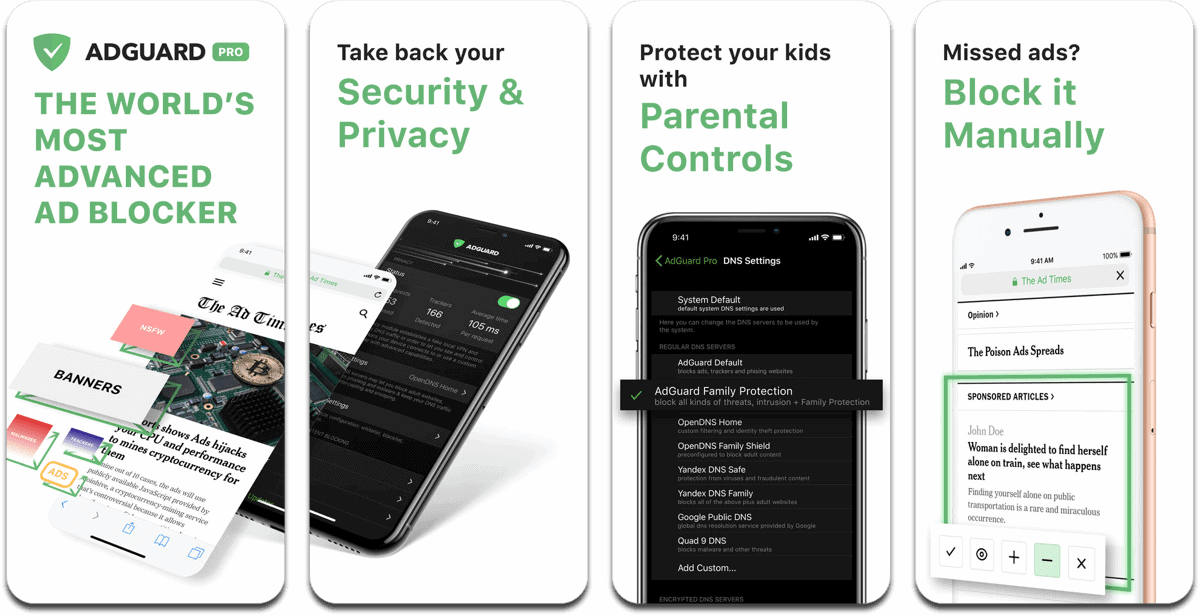

AdGuard supporting it is not enough the server must also support it. However, we are already working on improving this!ĮCH support must be implemented on both sides. Go to and check if it says SSL_ECH_STATUS: success.ĮCH is a new technology, so you may encounter some issues when using it.ĮCH support may slow down your browsing speed a bit.Go to and check if it says sni=encrypted.To make sure ECH is working, use one of the following methods: ECH relies on data obtained through DNS, so in order for AdGuard to receive this data and enable ECH globally for users, DNS filtering is necessary.Ĭheck if the. option is turned off in the Advanced settings, as it may interfere with this feature. To enable ECH support, follow these steps: Therefore, you don't have to wait for operating systems or apps to support this feature, as it is automatically available in your pocket with AdGuard. In contrast, AdGuard's ECH support automatically works in all apps and browsers that AdGuard filters. However, AdGuard has a significant advantage.Īssuming that Chrome has added support for ECH, it means it only works within Chrome and does not extend to other apps and browsers. Browsers such as Chrome and Firefox are also in the process of adding ECH support. This means that third parties, such as your ISP, will not be able to see what is inside the connection or which site the connection was made to.ĪdGuard is not the only one working to support ECH. It encrypts this last bit of unencrypted information, making your HTTPS connection fully encrypted. This is where Encrypted ClientHello (ECH) comes in handy. Say you want to open your ISP cannot see what exactly you send and receive from it, but they know what website you are communicating with.

However, the very first packet of the connection, called ClientHello, indicates the name of the server you are connecting to. Nowadays, almost every HTTPS connection is encrypted and no one can see what’s inside it. Experimental Encrypted ClientHello support What is Encrypted ClientHello? This change was partially necessary to implement another important feature: experimental support for Encrypted ClientHello (ECH). If you are not using any DNS server, the system DNS server with the AdGuard DNS filter will be automatically selected.

DNS filtering enabled by defaultĭNS protection is now enabled by default for all users. We use GitHub as an open bug tracker for users to see what developers are working on.ĪdGuard v2.10 for Mac brings many new features and various changes. Disclaimer Adguard for Mac is not an open-source project.


 0 kommentar(er)
0 kommentar(er)
